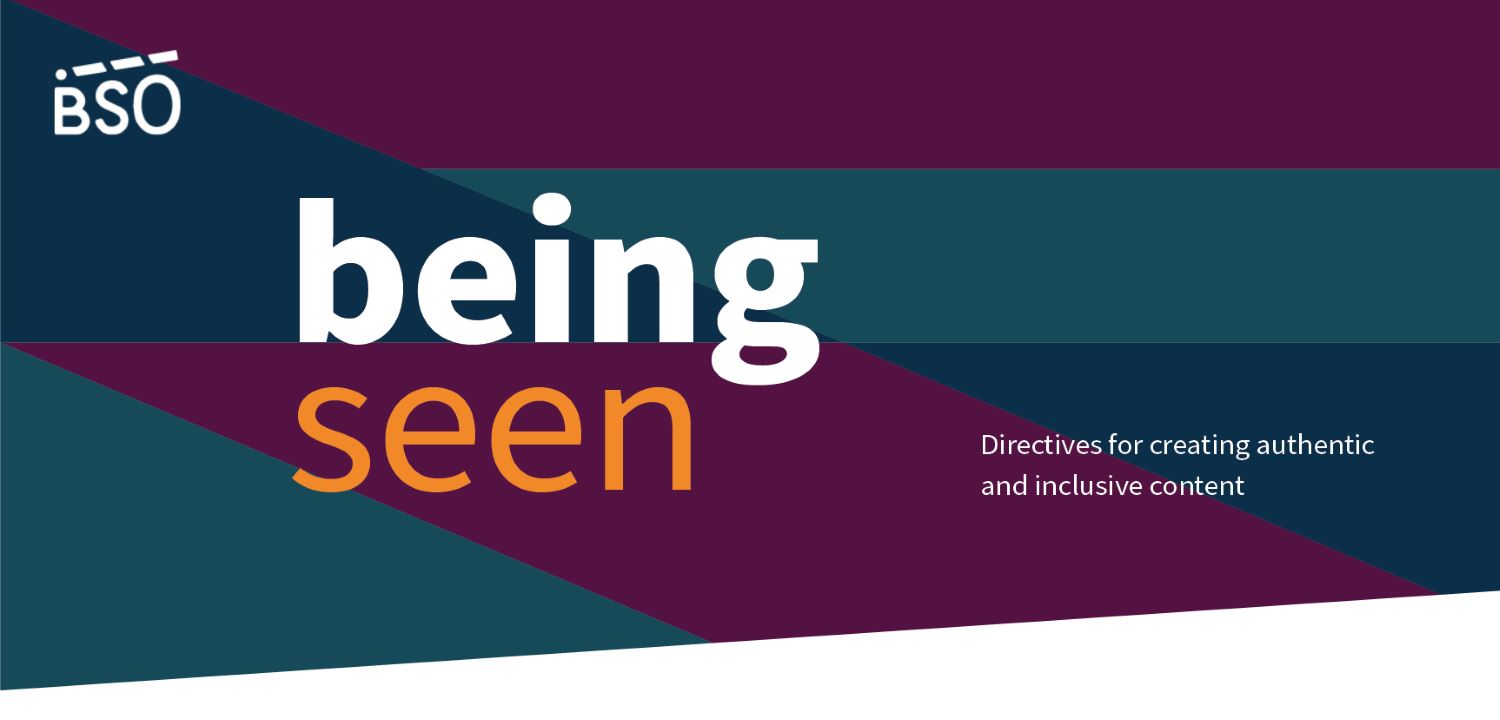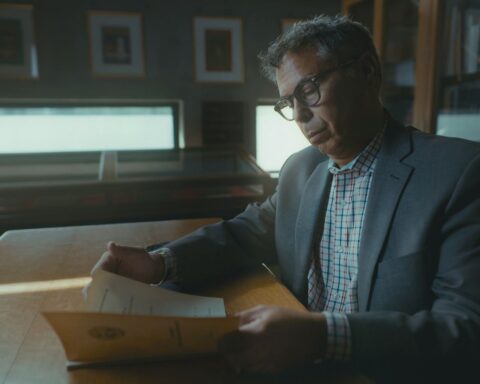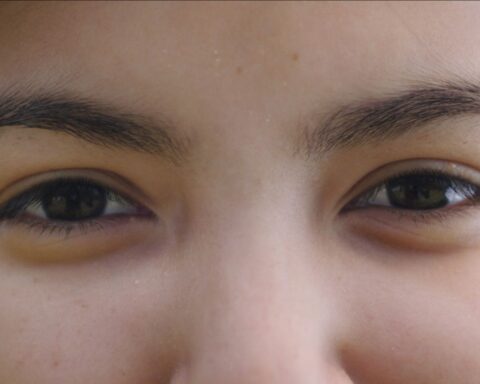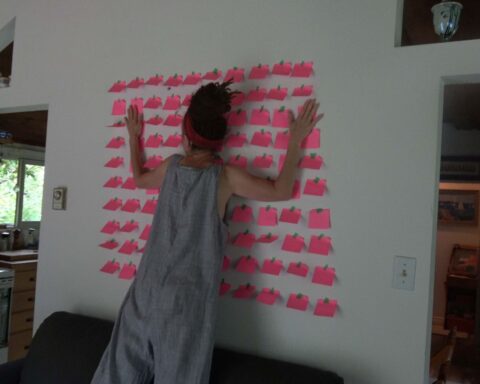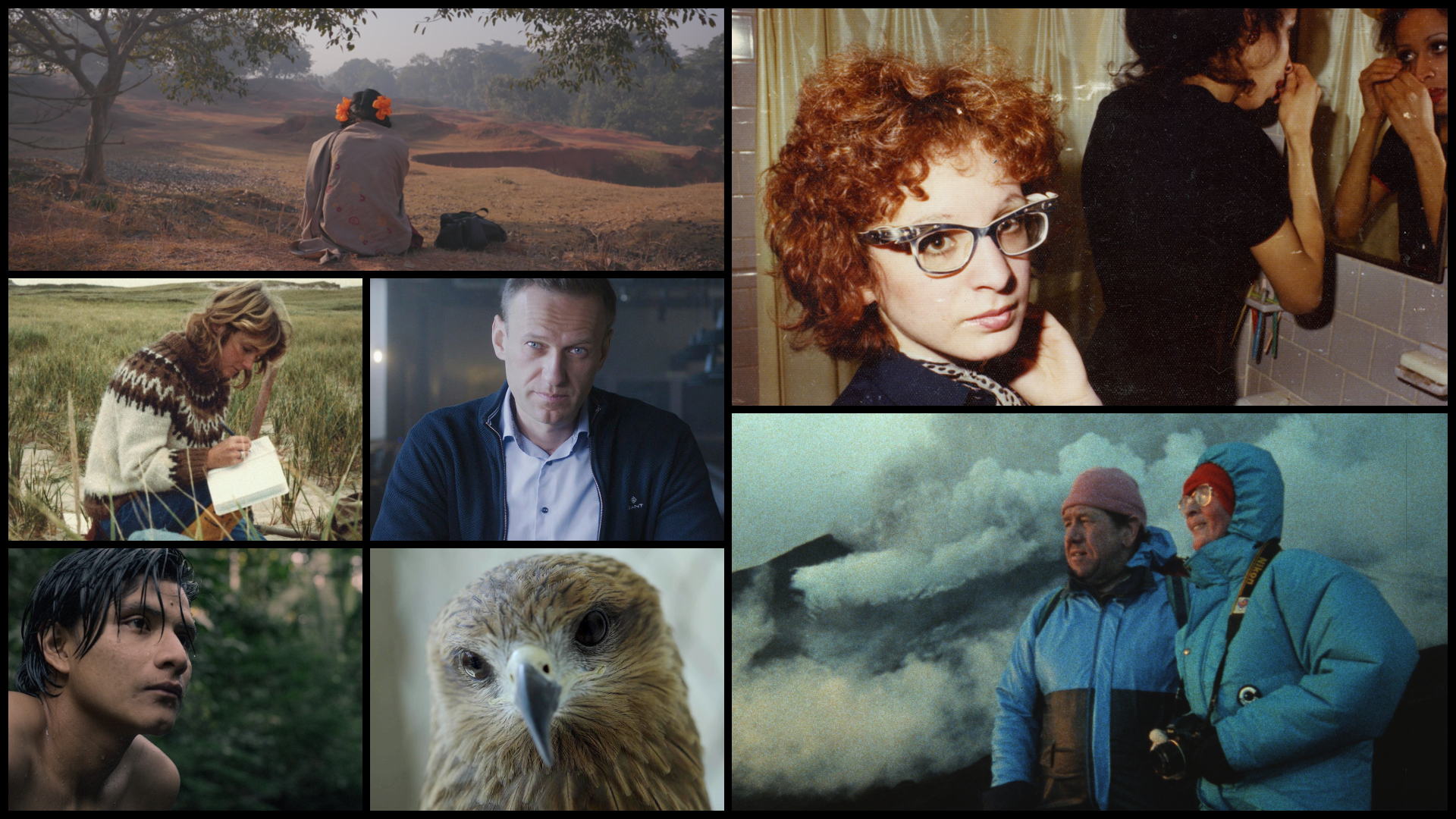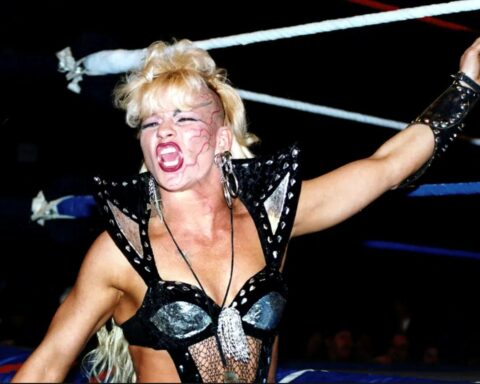Diversity and inclusion are no longer empty buzzwords in the Canadian film and television industry, but rather throaty battle cries for action. The challenge, of course, is how an industry combats the systemic inequality that it refused to see for decades. One cannot bring about change through mere promises to do better; one needs the proper instruments to chip away at the issue at all levels. The Black Screen Office (BSO)’s “Being Seen: Directives for Creating Authentic and Inclusive Content” is just the tool the industry needs right now.
Launched in February 2022, “Being Seen” provides a comprehensive examination of the underrepresentation of Black people, people of colour, 2SLGBTQIA+, and people with disabilities in Canada’s screen industry. It offers clear guidelines for meaningful change. Based on conversations with over 400 industry workers and community members, the ground-breaking report provides plenty of data and recommendations to address issues regarding who gets funding, the lack of authentic storytelling and casting, the overreliance on trauma-based storytelling, the intersectionality of identities, the removal of longstanding stereotypes, and regional racial challenges, to name a few of the issues.
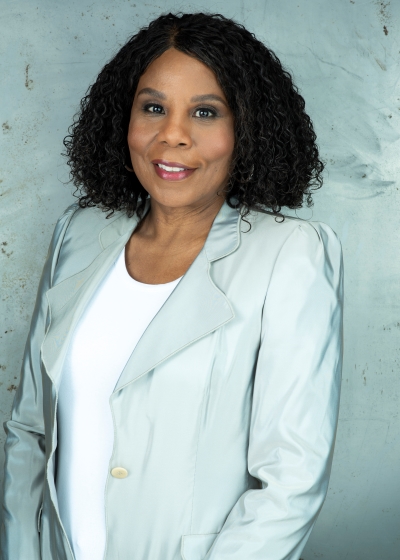
“In not being seen for as long as we have, we want to be a part of the solution,” says Jennifer Holness, Chair of BSO. Having observed for decades the way white culture has dominated Canada’s screen industry, she knew that “Being Seen” had to approach things in a different spirit. As she puts it, “We have to advocate for all of those in the same rainbow.” This advocacy meant breaking down barriers to equality in every step of the rigid industry ladder. As Joan Jenkinson, executive director of BSO, states, “The directives were also crafted to speak to specific elements of the industry, such as creators, producers, casting directors, funders, and broadcasters, so that there is targeted guidance throughout the sector.” The report offers guidelines for every facet in the industry, but does so in an adaptable way.
Offering its medicine of hard truths in an easy-to-swallow manner, “Being Seen” is written in a way that ensures one does not need to be an industry insider to understand the guidelines. Loosely modelled after the Indigenous Screen Office’s (ISO) “On-Screen Protocols & Pathways: A Media Production Guide to Working with First Nations, Métis and Inuit Communities, Cultures, Concepts and Stories,” the report addresses distinct objectives and concerns. Despite being different projects, Holness proudly acknowledges the genuine sense of allyship the two organizations share. “We are huge fans of the ISO…when [BSO] started a year and a half ago, ISO was a beacon.” She continues, “The Indigenous communities embraced us and said, here are the resources we have; this is what we’ve done; how can we help you?” While each office has its individual set of challenges it is addressing, they share several common plights when it comes to the systemic inequalities in Canada’s screen industry.
While there is a tendency to paint the portrait of racial inequality that minority communities experience with one narrow brush, the BSO knew their guidelines could not be one-size-fits-all. Jenkinson states that it was important for them to “consider how the directives would be applied,” because “communities engage differently in many of the regions.” The experiences of Black individuals who live in Ontario are different from those who live in Vancouver or Quebec, the same way an immigrant’s experience and history in Alberta will differ from those who are descendants of African settlers or African American slaves in Nova Scotia. Holness notes that Black people in Canada are “always assumed to be others,” even when their lineage in the country predates those who are othering them. Understanding these nuances is crucial if one hopes to tell other people’s stories.
The notion of authorship, specifically when it comes to conveying stories about communities the storyteller has no ties to, has long been a complicated knot that the art world is still trying to untangle. This is especially true when it comes to Black representation in film. As author Roxanne Gay noted in her book Bad Feminist when reflecting on Quentin Tarantino’s Django Unchained (2012), “It doesn’t help that so much of the Black experience, particularly in movies, is mediated through the vision of white writers and directors (as if they are the most qualified to speak to Black history).” The issue once again came to a head in Canada’s screen industry at the 2022 Canadian Screen Awards, when filmmaker Barry Avrich, in his acceptance speech for the award for best documentary direction for Oscar Peterson: Black + White (2021), remarked, “This is a testament that there are so many Black stories in Canada that need to be told. It doesn’t matter who tells them; we just need to tell them.” The comment, which Avrich later apologized for, was quickly denounced as damaging by the BSO and other organizations.
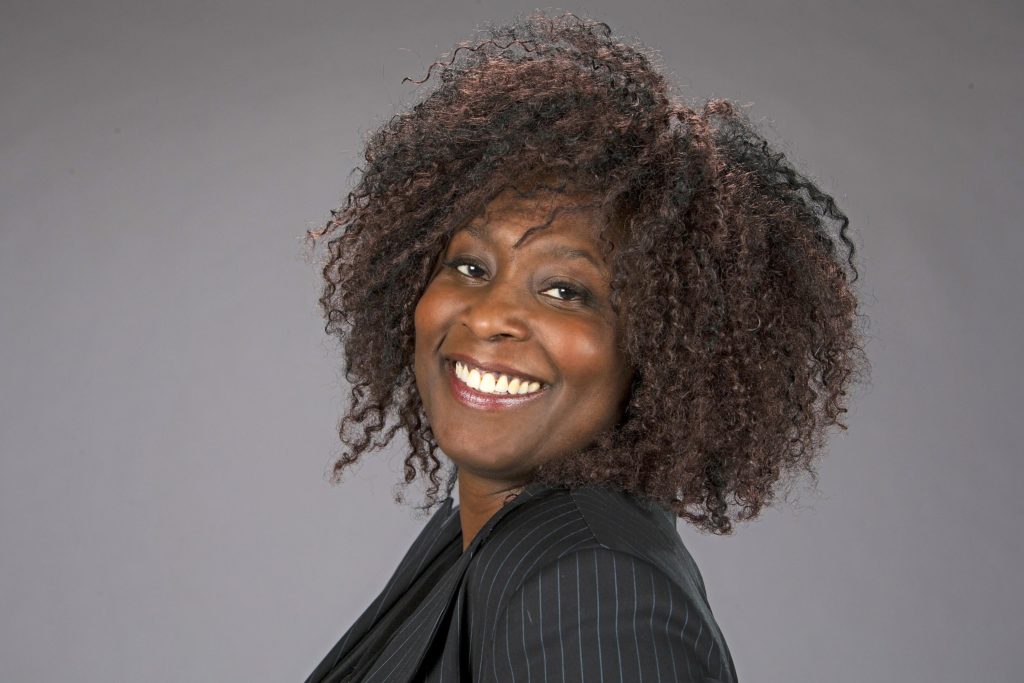
In reflecting on her organization’s response, Holness noted, “It was very important for us to say it does matter.” She points out that the Canadian film and television industry had long been a “system that has had a monolithic point of view in how it does things. Black people and diverse people were not welcome in that system.” The repeated hiring of the same white individuals was a strategic business decision by those who controlled the money, since they already knew what they were going to get. In Holness’ mind, Avrich’s comment was a signal to white broadcasters to maintain the status quo because it wins awards. She makes it clear that the Black Screen Office’s response was not a declaration that only Black people should tell Black stories, but a call for producers and broadcasters to require a more detailed proof of concept when considering why a non-Black person is telling a Black story.
In consultations for “Being Seen,” focus groups seemed most divided on the topic of authorship. They were divided into three distinct groups: those who felt there should be no restrictions on who tells what stories, those who believed no one should tell stories from outside their community, and those felt it depended on the circumstances and strategies employed. Considering the differing viewpoints, the report does an excellent job of offering authorship guidelines that stress the importance of working closely and authentically with the communities whose stories one is telling. As Jenkinson notes, “With a few exceptions, the directives are not ‘do this’ and ‘don’t do this.’” She goes on to say that they are simply asking the industry to “be aware of the complexity of the issue and have it inform their thinking and analysis before they start a project or commission it.” Such reflection is important in leveling the playing field as it often feels like marginalized groups must climb a mountain just to secure funding to tell their own stories.
Viewing funding and mentorship as interlocking threads that form a strong rope that will pull productions to success, “Being Seen” includes guidelines for how to rethink budgets and cultivate talent at the same time. Mentorship should not simply be limited to emerging artists trying to get their foot in the door. “We heard from many mid-career or senior talents from these communities who have experienced barriers in their careers,” says Jenkinson. She points to a participant who has experience in features and short films and wants to get into television productions as an example. Since the job shadowing opportunities are unpaid, and they have a family to support, the television sector is robbed of this person’s knowledge and the stories they could have told. Approaching systemic inequalities with a holistic mindset, the report offers a roadmap for change that will benefit all levels and sectors of the industry.
While working to foster change can often feel like attempting to skip a small stone across a vast ocean, Holness states that the industry feedback they have received for “Being Seen” has been incredible. “So many producers, gatekeepers, and broadcasters have been saying ‘We want change, but don’t know how to enact it,’” says Holness, “so we have given them that.”




